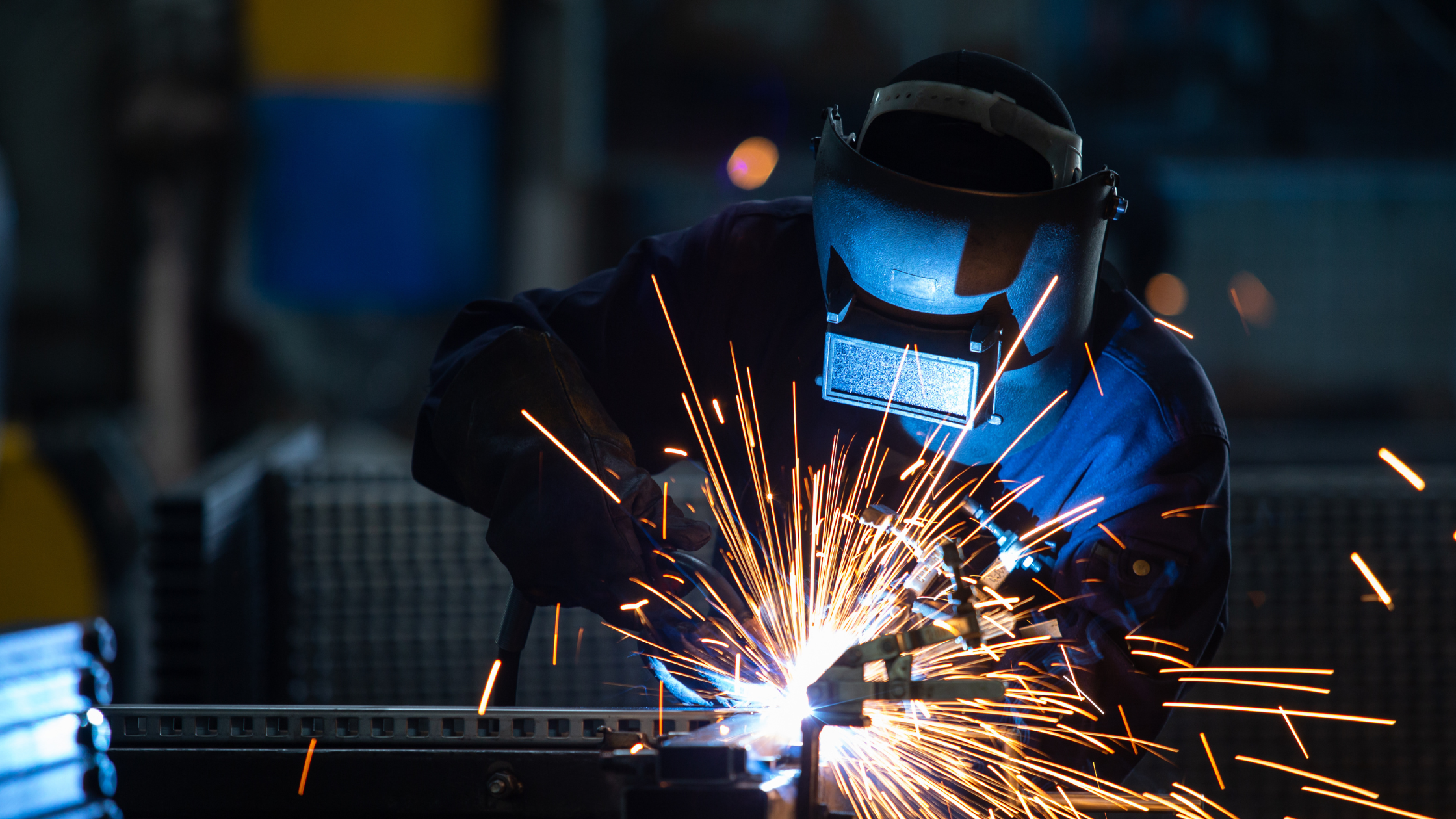Safety hazards from work activities like welding, cutting, and brazing are manifold, simply due to the nature of the work. However, many of these potential welding hazards can be controlled through simple solutions through a combination of proper work practices and the correct use of personal protective equipment (PPE).
Here are some of the common potential welding hazards that workers may be exposed to as well as solutions to those hazards.
Electrical Hazards
In arc welding, electricity is used to create welds. This means that improperly wired welding machines represent electric shock and electrocution risks, as do those that are being operated incorrectly or without wearing proper PPE. Improper maintenance of welding equipment can also lead to electrical damage, so it’s critical to only have authorized personnel performing this maintenance.
Vision-Related Hazards
Whether it’s an arc welder, a plasma welder or cutter, or an oxy-fuel welder or cutter, all of these pieces of equipment are capable of producing intense light. This light is bright enough to cause permanent damage to the vision of anyone nearby, both welding operators and observers. The use of proper welding helmets with lenses that offer the right amount of vision protection is crucial.
Fire and Heat-Related Hazards
Electric shock isn’t the only physical damage that welding equipment can cause. The intense heat generated by welding can cause serious burns as well as ignite nearby flammable materials unless workers are wearing proper protective gear and workspaces are kept clear of anything that could cause a fire. This includes accelerants like gasoline and even welding materials that once held flammable materials, as leftover residue could easily ignite.
Respiratory Hazards
Stainless steels and other types of coated materials can easily create toxic fumes when subjected to welding. Likewise, any chemicals or oils on the surface of something being welded can vaporize upon being heated. There are other unique hazards, like electrodes and filler metals, such as traces of radioactive elements like thorium contained in tungsten. These can be present in dust in grinding areas, and inhalation of these materials could cause health issues. It’s therefore crucial to keep welding areas well-ventilated and to have employees use respirator masks when appropriate.
Storage Hazards
Last but not least, it’s important to understand the risks associated with storing welding supplies and materials. This is most relevant when it comes to storing compressed and/or liquefied gases safely. Hazards can include whether the gas is flammable, whether it’s at risk of exploding, or whether it would accelerate combustion and temperature. It’s essential to follow all storage and handling rules and regulations at all times to prevent these hazards from occurring.
